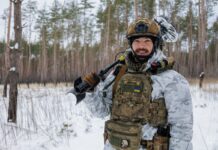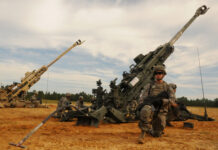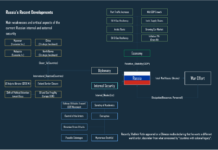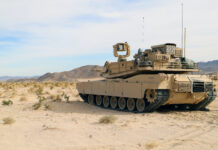The New START 2010 between Russia and the United States came into force in 2011, with the objective to take measures on further reduction and limitation of strategic offensive arms. According to the Treaty, both sides should reduce their deployed nuclear weapons to 700 delivery vehicles and 1550 warheads. In addition, both sides would reduce launchers to 800 deployed and non deployed launchers and deployed and non deployed strategic bombers. This year, the two erstwhile Cold War superpowers entered into negotiations on this crucial treaty. Both agreed to extend the treaty officially for five years. This comes as a great respite especially after the collapse of the Intermediate Nuclear Forces (INF) Treaty.
The Russians have always been concerned about the United States planning to equip nuclear capable submarines and aircraft with conventional weapons under the Conventional Prompt Global Strike (CPGS) plan that aims to develop a family of conventional weapon systems. In fact, Russian Defence Ministry Spokesperson Alexander Yemelyanov has raised concerns in October 2017 that the CPGS would “ruin the current balance of power and ensure the US global strategic dominance.” In addition, the United States is also working on hypersonic systems that are of further concern to the Russian Federation.
Despite the New START treaty in force, the United States conducted two tests of the MINUTEMAN III Intercontinental Ballistic Missile (ICBM) and ICBMs which may have a role in as part of the CPGS strategy. The Navy is also gearing up for developing weapons that could suit the CPGS strategy.
Talks on New START was definitely on Russia’s cards as not just considering the CPSG strategy, but Moscow has also been apprehensive of US missile defence systems. Russia has time and again questioned the need for missile defence in Europe especially as they feel the Iranian nuclear threat has subsided. According to Russia’s Permanent Representative to the North Atlantic Alliance Alexander Grushko, the US missile defence system including the sea-based missile defence system would only result in a more “complex strategic stability arithmetic.”
In February 2018, the United States announced a more aggressive stance towards Russia warning Russia of facing “unacceptably dire costs”, even if Russia threatened a limited nuclear attack on Europe. Russia has already chalked a strategy to ‘escalate to de-escalate’ in which Russia could use small yield nuclear weapons in a limited and conventional conflict in Europe. Russia is reported to have deployed tactical nuclear-capable ballistic missiles in Kaliningrad – a Russian exclave un the Baltic bordering Lithuania and Poland. The issue of tactical nuclear weapons are a concern for the United States, and this was expressed this year too. In addition, the United States also raised concerns about Russian SARMAT ICBMs and the AVANGARD Hypersonic Glide Vehicle (HGV). HGVs enable a ballistic missile to evade enemy missile defence and the AVANGARD’s greater manoeuvrability makes it difficult to intercept it. The SARMAT is reported to be capable of carrying the AVANGARD HGV.
At present, amid the adversarial relation, both the United States and Russia find it conducive to extend this crucial nuclear arms control treaty as a sign of willingness to be transparent about long-range nuclear forces and to enhance their cognizance of each other’s nuclear forces. While the New START Treaty does not prevent the two erstwhile superpowers from modernising their nuclear forces, the Treaty however, provides room for discussions on the modernisation of nuclear forces and its impact on nuclear deterrence and strategic stability.
Both Russia and the United States would have a common concerning factor – and that is China. China’s long range nuclear delivery systems with capability to evade the missile defence of opponent and their dual capable missile systems were a thorn in the progress of the INF Treaty.
It is only sensible that at this moment the United States and Russia abide by the New START considering that any breach of this treaty would only complicate strategic stability and can lead to an uncontrollable global arms race that would be beyond the capabilities of either Russia or the United States to control.
The author is a non-resident Fellow at the Council on International Policy, Toronto, Ontario, Canada
This viewpoint originally appeared in the July issue of European Security & Defence. Click here to download the full issue in PDF format.











